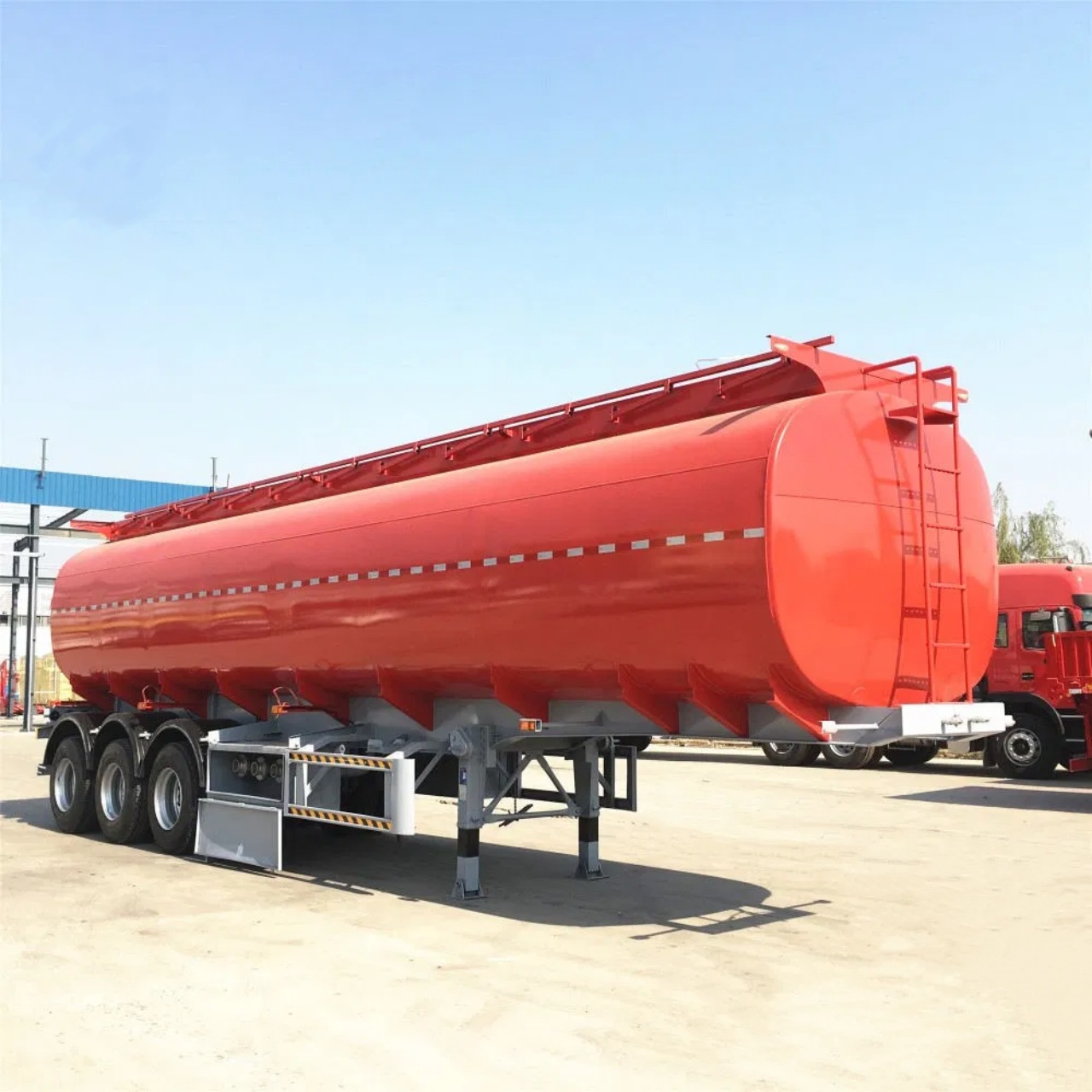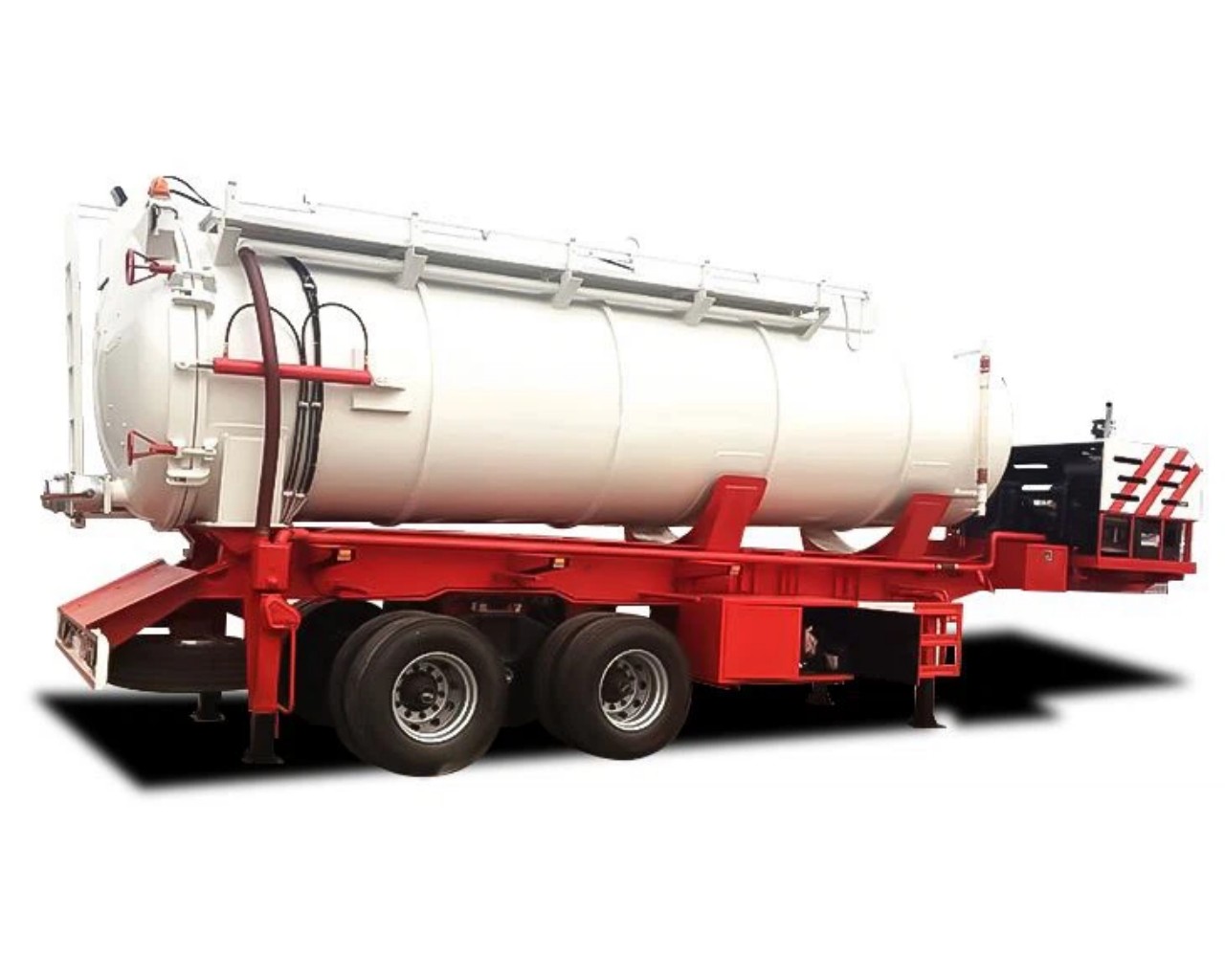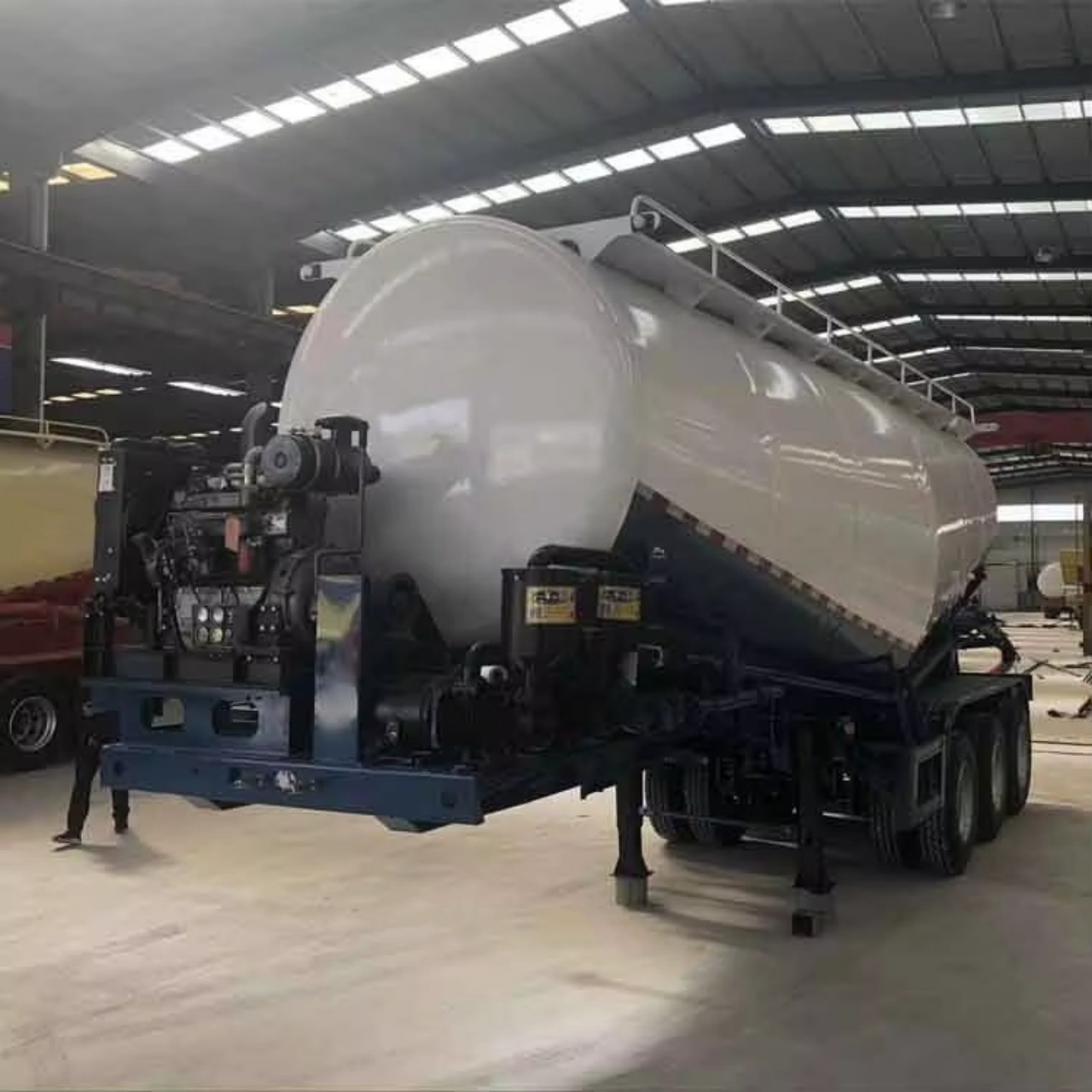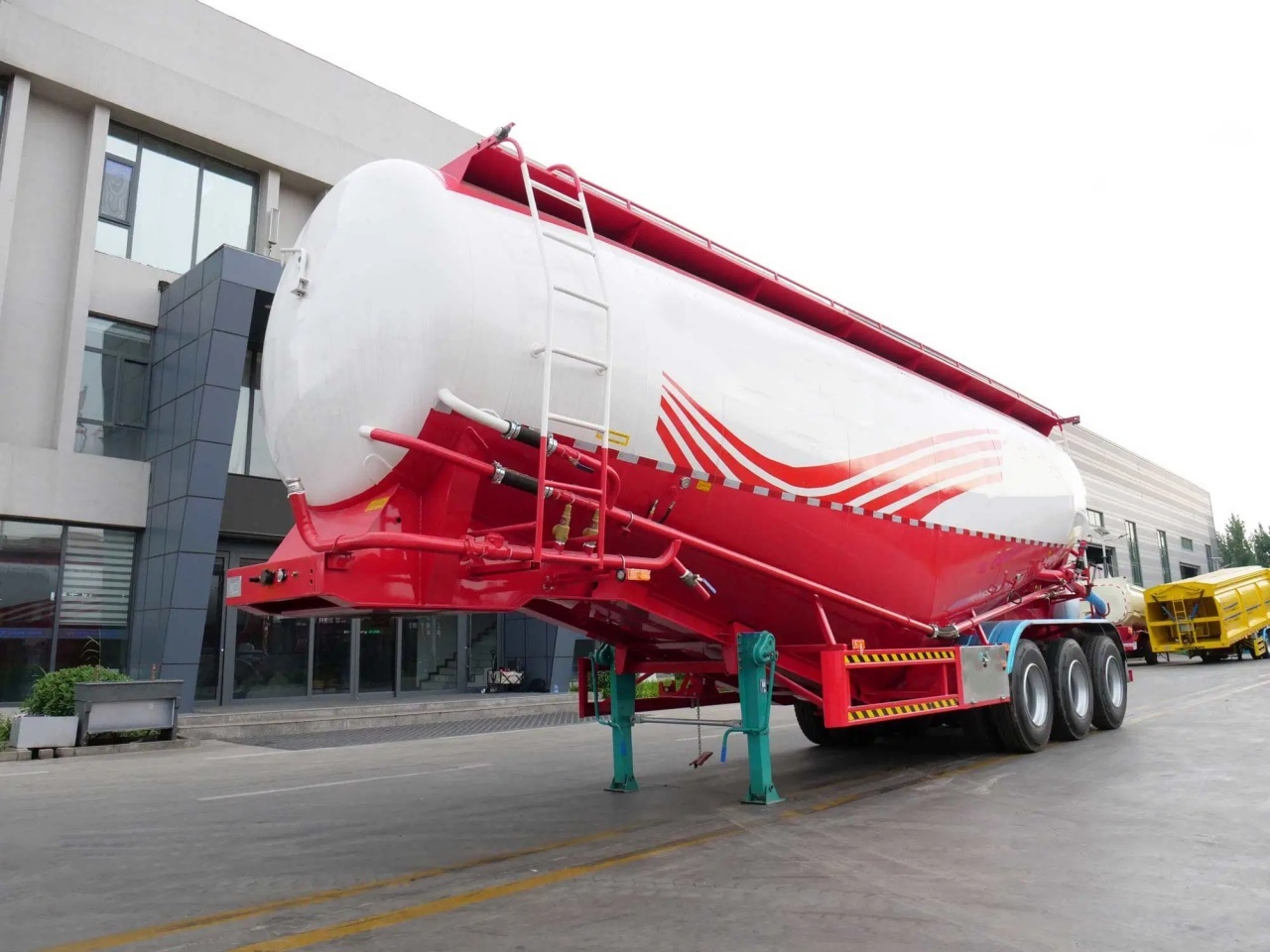Truck coupling systems are essential mechanical components that facilitate the secure and efficient connection between a towing vehicle (usually a truck or tractor unit) and a trailer or semi-trailer. These coupling mechanisms ensure safe and controlled movement, especially under varying load conditions and driving environments. The design and selection of the coupling system used in trucks depend on the vehicle’s configuration, application, load capacity, and regional regulations. This article explores the various types of couplings used in trucks, their working principles, advantages, and applications.
1. Fifth-Wheel Coupling
The fifth-wheel coupling is the most commonly used type of coupling in semi-trailer trucks (also called articulated trucks or tractor-trailers). It consists of a large horseshoe-shaped metal plate mounted on the tractor unit. This plate includes a locking mechanism that connects to the kingpin on the trailer.
Components:
- Kingpin: A steel pin on the trailer that locks into the fifth wheel.
- Fifth Wheel Plate: The coupling plate with jaws or a locking bar mechanism.
- Lubrication System: Greased surface to reduce friction.
How It Works:
When the tractor reverses under the trailer, the kingpin enters the fifth wheel, and the jaws or locking bar close around it, securing the trailer. A locking handle confirms engagement, often with an automatic safety lock.
Advantages:
- High load-bearing capacity.
- Allows for articulation in both vertical and horizontal directions.
- Secure and reliable under heavy loads.
Applications:
- Long-haul freight transport.
- Logistics and distribution.
- Container and bulk material hauling.
2. Pintle Hook and Lunette Ring
The pintle hook and lunette ring system is a robust and versatile coupling method often used in military, agricultural, and construction trucks. The pintle hook is attached to the truck, while the lunette ring is attached to the trailer.
How It Works:
The lunette ring drops over the open pintle hook. Once in place, the pintle closes and locks around the ring. A safety pin secures the latch.
Advantages:
- Ideal for off-road and rugged terrain.
- Quick to connect and disconnect.
- Tolerant to vertical and horizontal misalignment.
Applications:
- Off-road transport.
- Construction equipment hauling.
- Military logistics.
3. Ball and Socket Coupling (Tow Hitch)
Ball and socket couplings are common in light-duty trucks, pickup trucks, and utility vehicles. These systems consist of a spherical ball attached to the tow vehicle and a socket-type coupler on the trailer.
How It Works:
The socket coupler is placed over the ball and locked using a latch or clamp mechanism. A safety pin and chains are usually added for extra security.
Advantages:
- Simple and easy to use.
- Inexpensive and widely available.
- Suitable for lighter loads and recreational trailers.
Applications:
- Towing utility trailers.
- Caravans and campers.
- Boat and equipment trailers.
4. Drawbar Coupling
Drawbar couplings are used primarily in rigid trucks and center-axle trailers. This system involves a drawbar eye mounted on the trailer and a coupling mechanism with a pin on the truck.
Types:
- Manual pin coupling: Requires manual insertion of a pin.
- Automatic coupling: Engages automatically when the trailer is backed into place.
How It Works:
The drawbar eye enters the truck’s coupling, and a pin or latch locks it into place. Safety chains and air/electrical connections are then made.
Advantages:
- Durable and suited for heavy-duty usage.
- Effective for frequent coupling/decoupling.
- Minimal maintenance.
Applications:
- Road trains.
- Local delivery and waste trucks.
- Mining and forestry operations.
5. Three-Point Linkage (Agricultural Trucks)
Although not common in commercial freight trucks, 3-point linkage couplings are used in agricultural truck-tractor units and farm trailers. This system provides both power transfer and towing.
Components:
- Two lower lift arms.
- One top link (central arm).
- Hydraulic control system.
Advantages:
- Offers control over the implementation position and weight transfer.
- Provides PTO (power take-off) capabilities.
- Stable and secure for agricultural implements.
Applications:
- Tractor-drawn agricultural trailers.
- Farm equipment hauling.
- Off-road field operations.
6. Electrical and Pneumatic Couplings
In addition to mechanical coupling, trucks and trailers require electrical and pneumatic couplings for:
- Lighting systems.
- Brake control (especially air brakes).
- ABS and EBS integration.
Components:
- Electrical connectors (typically 7-pin or 15-pin plugs).
- Airline glad hands (red for emergency, blue for service brakes).
- ISO sockets for smart communication between truck and trailer.
Importance:
These couplings ensure synchronized braking, lighting, and communication between truck and trailer, critical for road safety and compliance with transport regulations.
7. Safety Mechanisms in Couplings
All truck coupling systems are equipped with safety mechanisms to prevent accidental decoupling and ensure roadworthiness. These include:
- Safety chains or cables.
- Locking levers or pins.
- Visual or mechanical indicators of proper coupling.
- Coupling sensors in advanced trucks.
In regions with stringent safety norms (e.g., EU, US), couplings must meet specific standards (such as ISO, SAE, or ECE regulations).
Conclusion
Truck couplings are crucial for the safe and efficient transport of goods across industries. From the robust fifth-wheel system used in long-haul semis to the flexible pintle hook setups in construction trucks, each type of coupling serves a specialized role. Understanding the appropriate coupling system for a given application ensures operational safety, compliance, and efficiency. As technology advances, newer couplings are incorporating smart features like electronic locking systems, remote monitoring, and automated coupling, reflecting the evolution of the modern transport industry.
Whether you’re in logistics, construction, agriculture, or defense, knowing what coupling is used in trucks can guide the right equipment choices, minimize downtime, and optimize fleet performance.






